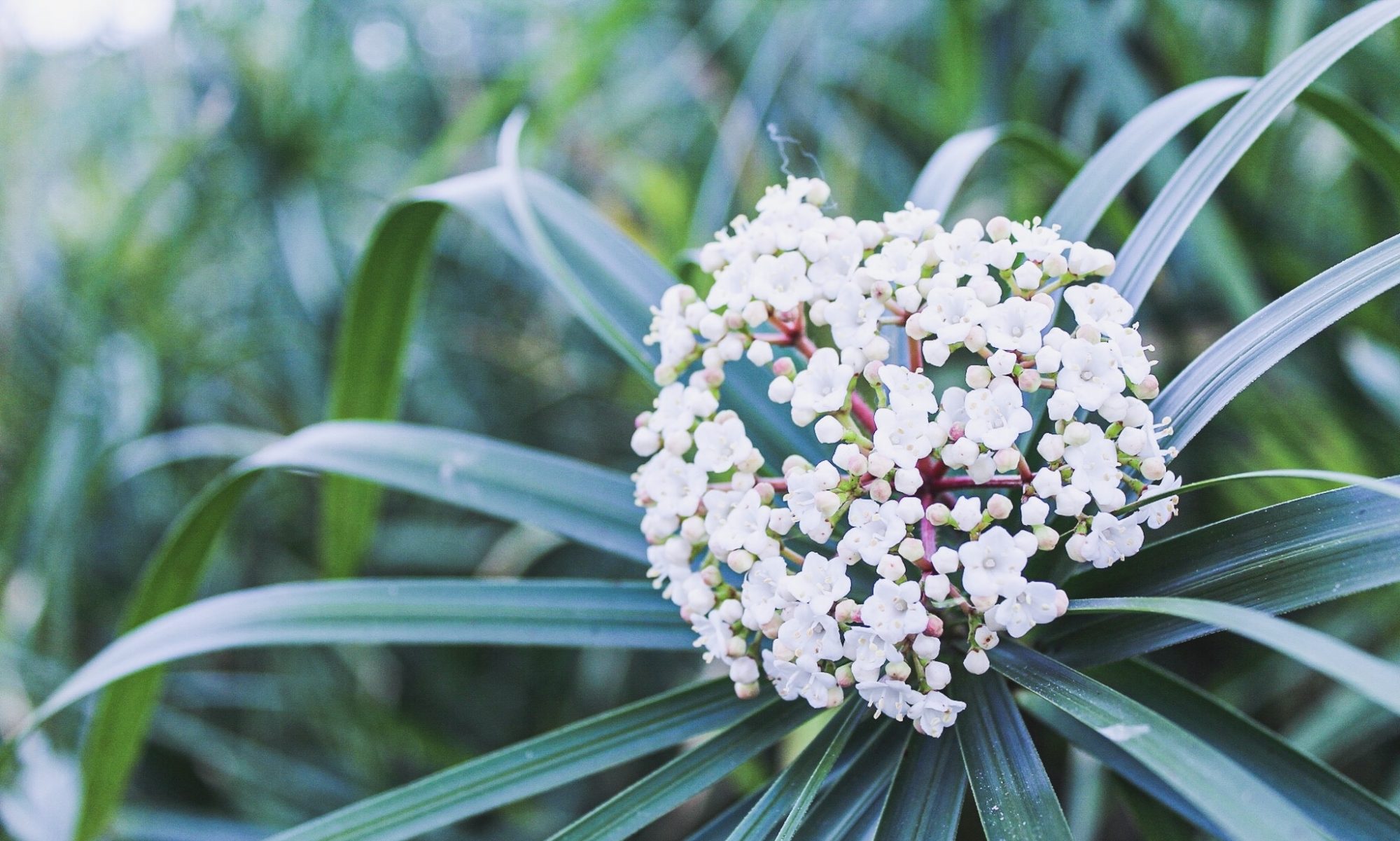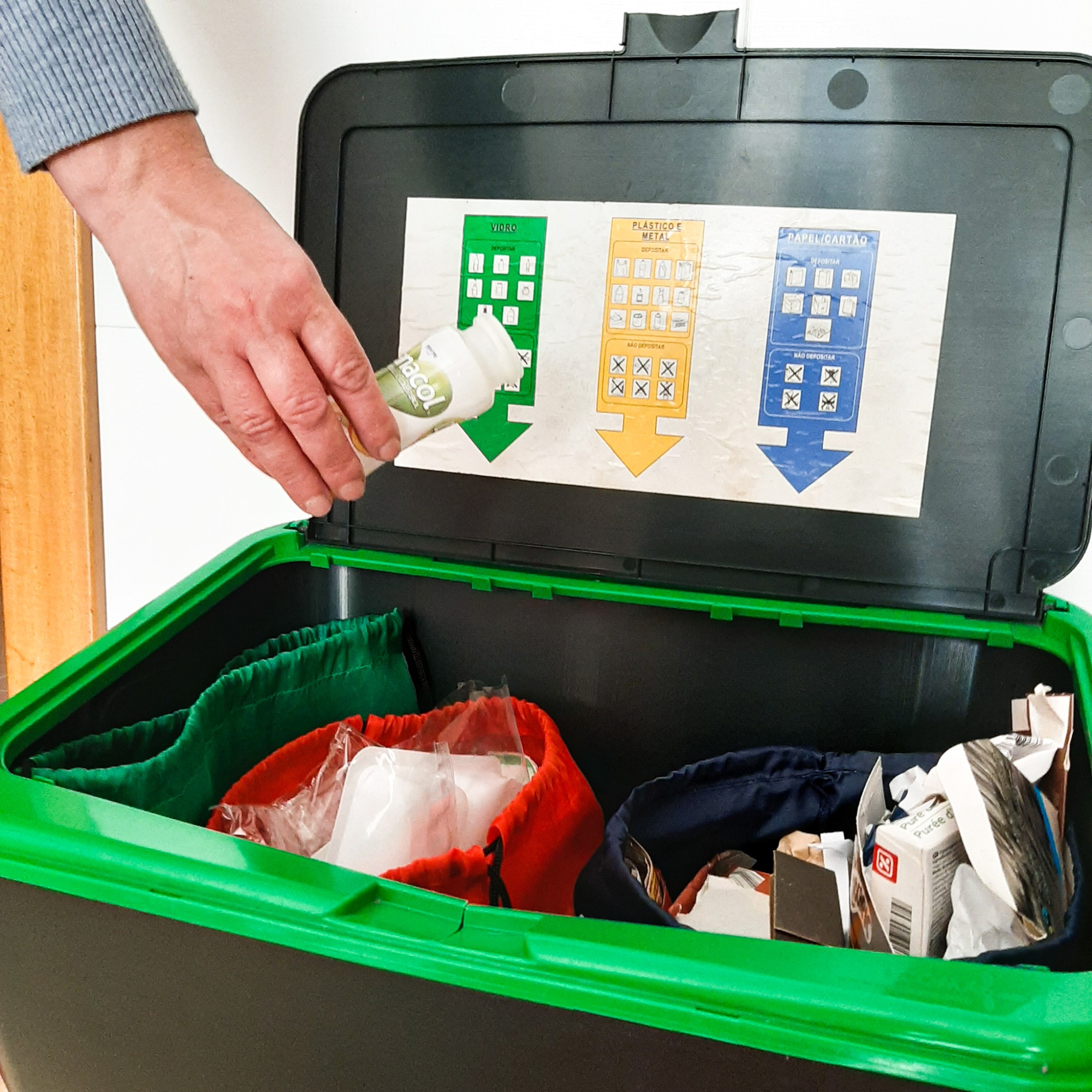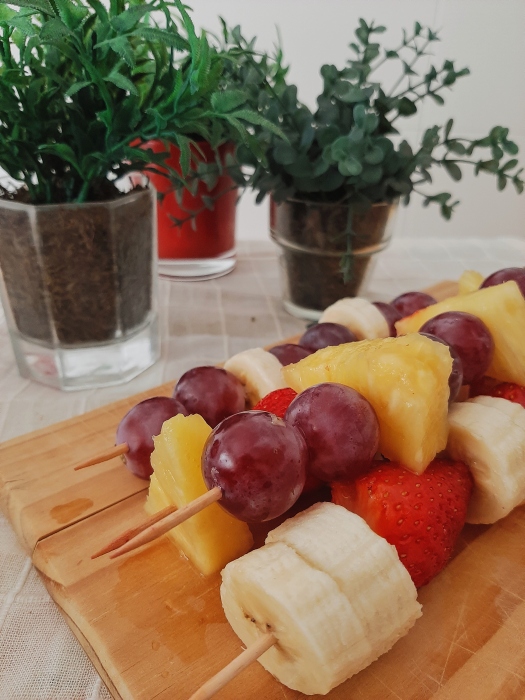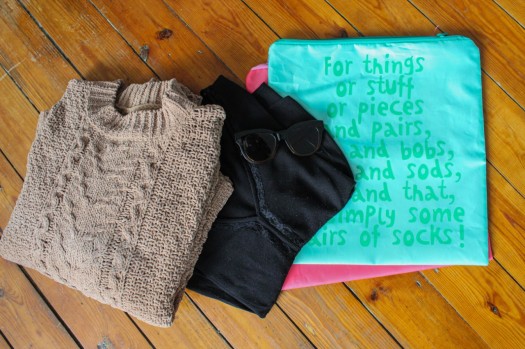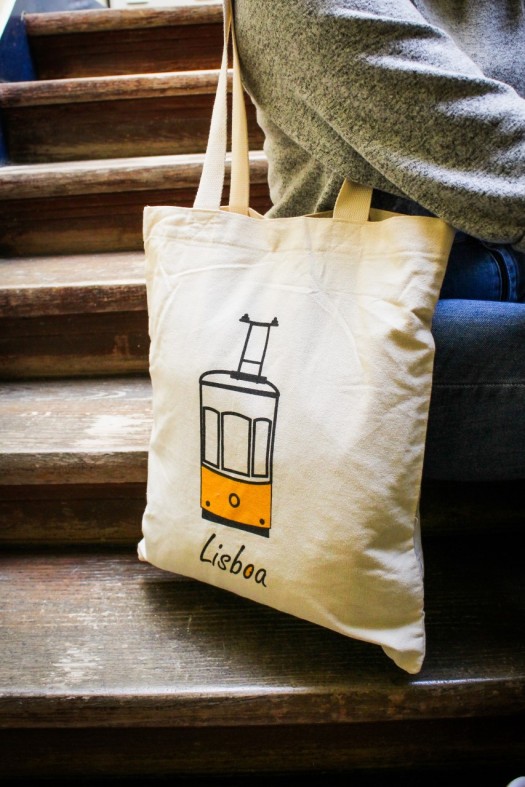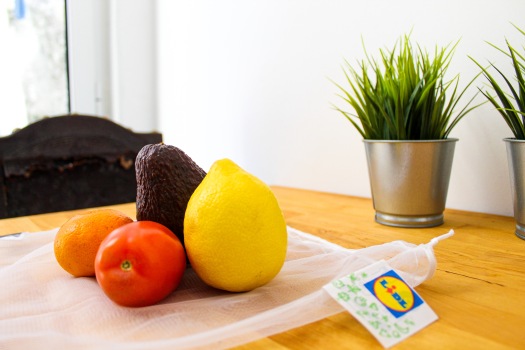You may have seen around the expression “zero waste living”. Today, we bring you an article dedicated to this concept.
A zero waste lifestyle is a very interesting way of living that some people around the world have adopted. This lifestyle passes by the attempt of not producing ANY waste, in other words send nothing to a landfill. Zero waste living isn’t so much about recycling, it’s more about avoiding everything that can be thrown away. This way of living is focused on an attempt to change the way our economy (considered a linear economy) works, switching to a circular economy, where waste isn’t a reality anymore and is substituted by a continuous use of all resources.

Drastically changing the current type of economy is something that has to be led by our governments. However, adopting this, or a similar, lifestyle (where we are conscious on how we consume) will result in a big push in such a slow process.
How exactly do people practice this? The answer is “Composting, buying second-hand, sharing when you can, or packing your own lunch are all simple steps you can take toward Zero Waste (…)” (O’Conner, 2018).
If you are interested in finding more information, we suggest you check the following social media accounts: The Fairly Local Family, Shelbizleee, Gittemary Johansen, Sustainably Vegan.
Zero waste is a long process. It takes time to achieve the goal of absolutely no waste. Just think about it, you go to the supermarket and almost everything is packed, you order takeout and *boom* more packages, you decide to decorate your house and every little thing is wrapped and wrapped again! And what about the simple day-to-day things like paper napkins or the peel of the banana you eat before hitting the gym? The reality is “The United States is the biggest generator of waste per capita worldwide, with each citizen producing an average of 808 kilograms per year (…)” (Sensoneo, 2019). Although in the EU these numbers diverge to around 492 kg, per capita (in 2018), the values are still astonishing. Almost everything around us, after been used/consumed, is considered waste.
Although a Zero Waste lifestyle is an arduous path, it offers the necessary changes we need to revert our currant problems with the environment. By sharing this article with you, our goal isn’t that you decide to become a zero waste person. Our goal, apart from reminding you that some things we do can actually be done differently, is to show and inform you of another way that people live, a really sustainable life choice that some opt for!
With this new perspective all those little measures you believe are so hard, how hard are they really?
Green Impact Team.
[1] Lehmann, S. (2011). Optimizing Urban Material Flows and Waste Streams in Urban Development through Principles of Zero Waste and Sustainable Consumption. Retrieved from: https://www.mdpi.com/2071-1050/3/1/155/htm on August 13, 2020.
[2] O’Connor, M. (2018). What is the Zero Waste Lifestyle? Retrieved from: https://www.centerforecotechnology.org/zero-waste-lifestyle/ on August 13, 2020.
[3] Going Zero Waste (2017). About Zero Waste. Retrieved from: https://goingzerowaste.com/zero-waste-1/ on August 13, 2020.
[4] Ministerie van Infrastructuur en Waterstaat (2016). From a linear to a circular economy. Retrieved from: https://www.government.nl/topics/circular-economy/from-a-linear-to-a-circular-economy on August 20, 2020.
[5] Kenniskaarten – het Groene Brein. What are the environmental benefits of the circular economy? Retrieved from: https://kenniskaarten.hetgroenebrein.nl/en/knowledge-map-circular-economy/ce-environmental-benefits/ on August 20, 2020.
[6] Eurostat Statistics Explained. Municipal waste statistics – Statistics Explained. Retrieved from: https://ec.europa.eu/eurostat/statistics-explained/index.php/Municipal_waste_statistics on August 27, 2020.
[7] Sensoneo. The biggest waste producers worldwide: Sensonseo Global Waste Index 2019. Retrieved from: https://sensoneo.com/sensoneo-global-waste-index-2019/ on August 27, 2020.
